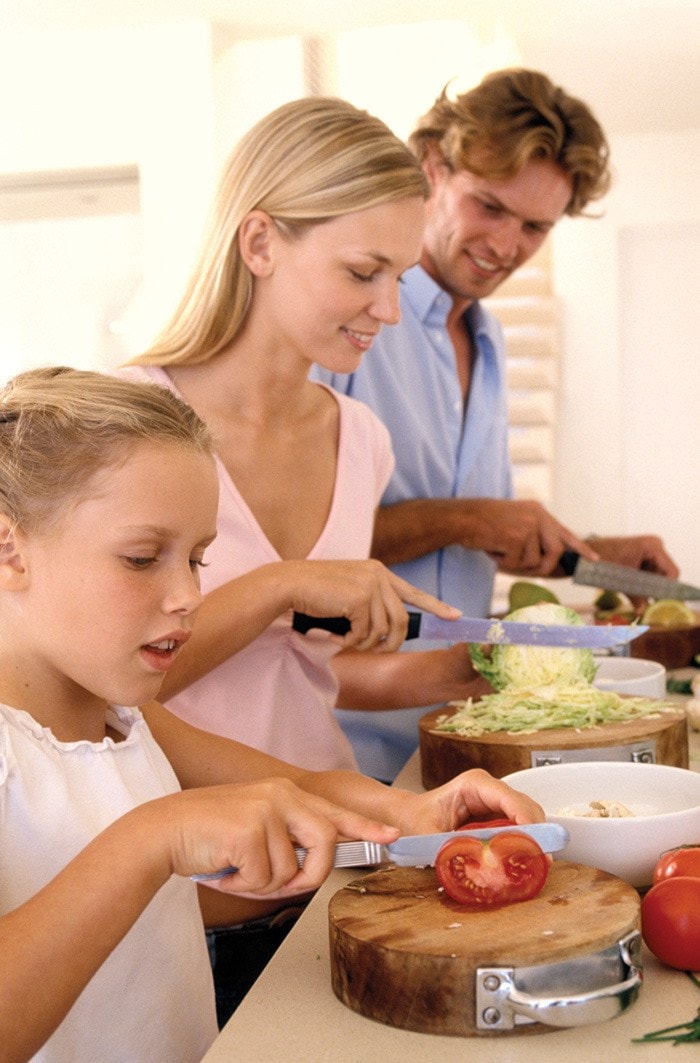Around the world, people have many different diets and ways of eating.
Historically, most cultures’ diets evolve and are based on local, seasonal, accessible foods that are available for the region.
With widespread food technology in the industrialized age, food processing, packaging, and food altering is becoming more prevalent all over the world.
The main characteristics of the North American diet include supersize portions of foods that aren’t necessarily in season or from the region.
Added sugars, salt, fats, colouring and flavouring are hallmarks of many food products on the market that are a big part of the North American culture.
Eating fast while doing other tasks also marks some typical habits of time-pinched individuals living in our busy world.
Many people don’t have the time or prioritize the daily appreciation of family meals and small celebrations of good, healthful, nourishing food together with others.
Eating on the run and alone are very typical.
The ‘American dream’ is catching on and quickly leading to a health nightmare, since more of the developing world has access to over-processed, fast, cheap foods.
Consequently, rates of obesity, diabetes, heart disease, cancer and other lifestyle-related chronic conditions are rising worldwide.
With the growing interest in nutrition, diets, supplements, natural health food products and the health food industry, food has been broken down and categorized into nutrients instead of whole foods and meals. This characterization detracts from the cultural, social and pleasurable reasons for eating.
Nourishment comes from fully appreciating and sensing meals while being mindful of hunger and satiety cues—feeling full. Making eating and food a priority in life and devoting time for procurement, preparation and meals with others will help to bring the body into a better balance nutritionally.
Moderation and balance are hallmarks of healthy eating habits, and the “all or nothing” thinking can be detrimental. This black and white thinking has a self-sabotaging effect on the good intentions of improving diet.
Healthy eating means getting back to basics and enjoying “real food” that requires time for preparation and eating.
If you want to spend money in a health food store, the best “health food” is at the local farmer’s markets or produce section in the grocery store, and this is a good place to invest your food money for better health.
Supplements in a bottle will not improve poor lifestyle habits.
In recent years, the “slow food” movement is bringing attention back to making good, healthy food important and is a backlash to the recent epidemic of our fast food and quick-fix culture.
With the realization that local, healthy food equals healthy lifestyle, there is a growing demand recently for more local food shops, farmer’s markets, variety with more options for produce in grocery store, homegrown gardens and hobby farms.
Visiting local markets and purchasing food grown in the region may cost slightly more, but feels good and is an investment in your health and environment. It has a win/win effect on the local economy and long-term agriculture sustenance for the area.
To strive for improved health through better eating, look to the good “real food” abundant around us in the Alberni Valley and even consider growing your own edible garden.
To go one step further, cycling, walking, taking public transit or car-pooling with a friend will help to get you moving to the farmer’s market or grocery store with less of an impact on the environment. Each step is an investment in the future.
Sandra Gentleman, RD, is a local Registered Dietitian and steward of Canal Beach.
